Knit Design Tips—How to Hire Sample Knitters August 26, 2015 10:30 7 Comments
 After I had my son, the most necessary ingredient for my being able to continue designing was to hire sample knitters. My knitting time dropped significantly and now it sometimes takes me a whole week to get a swatch completed for a new design. In order to continue publishing designs with publishers, and to continue self publishing, I needed a way to produce the finished projects, while allowing me the time to focus on what I'm passionate about—designing.
After I had my son, the most necessary ingredient for my being able to continue designing was to hire sample knitters. My knitting time dropped significantly and now it sometimes takes me a whole week to get a swatch completed for a new design. In order to continue publishing designs with publishers, and to continue self publishing, I needed a way to produce the finished projects, while allowing me the time to focus on what I'm passionate about—designing.
There has been one knitter, Jessica, who I have worked with loyally since I worked at Classic Elite Yarns. She was my first sample knitter, and we are a great team. I trust her to do a great job knitting (and crocheting) anything I send her. But, in order for me to be publishing the amount of projects I need to produce in order to pay my bills each month, I needed more than one knitter.
Finding Knitters
I currently work with about 10 knitters/crocheters on a regular basis. I connected with them in a variety of ways.
- Existing Relationships One of my tech editing clients asked if she could trade sample knitting for tech editing. I saw what she could do through tech editing her patterns, so we began that process. For the trade, we do it $ for $. Another sample knitter is one of my Facebook friends. I believe she also knits for the designer I mention below and that's how we got connected. I mentioned something on Facebook about needing to find more sample knitters and she volunteered. That was easy—ask and it is given. Another sample knitter is someone from my knitting group who's work I've seen a lot of, and I know how well she can follow a pattern.
- Word of Mouth When I was first starting out my search for sample knitters, I was writing No-Sew Knits, and was feeling desperate for more hands. I reached out to a designer friend of mine who I know uses sample knitters and asked if she could refer me to someone she trusted. When doing this, it's important not to steal this knitter away from the designer who referred you. Tread gently.
- Ravelry The Indy Pattern Designers Resources group on Ravelry has a thread dedicated to sample knitters. I jumped for joy when I found this! I've only needed to use it when all my existing sample knitters are busy, but I have connected with a few great knitters through this group. The knitters who have contacted me are all very professional—offering references, and a portfolio of their work.
Give them a Chance
Adventuring out into finding sample knitters can be a scary thing. Because, what if they royally screw something up? My solution is to test them out on really simple or quick-knitting designs. Initially, I kept the tricky ones for Jessica, and gave the new knitters really straight-forward, heavy-weight-yarn sweaters or accessories.
If their first project goes well, and I feel like we work well together I'll offer them others. I use my intuition and gut instinct here. There have been times when I've ignored my gut and continued working with a knitter who's work simply wasn't up to my attention to detail, and I regretted it—ending up having to do sweater surgery or re-knit the whole project. I'm really sensitive now, to listening to what my inner guidance has to say about who I continue working with.
Over time, I've begun to trust many of them with just about anything.
Signing a Contract
Some designers require their sample knitters to sign a contract. I don't. I'm a believer in the path of least resistance, and the law of attraction, and a contract simply doesn't feel good to me. I trust that the knitters I attract into my life are in alignment with my goals as a designer, and they are trustworthy and honest people. I don't need to bind them into anything legal to have the confidence that they will provide me with a quality finished product. And if they don't, then it must have been because that is what I was asking for. It sounds harsh, I know, but I really believe in this law of attraction stuff, and I am the creator of my own reality, 100%—good and bad.
Though, if a contract is something that feels right to you, then by all means use one. Every designer works differently, and what works for me, may not be the right thing for you. Take from this post what feels good to you, and leave the rest.
Sourcing the Projects
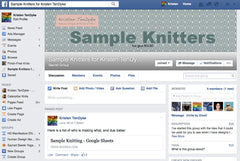 Because I work with so many knitters, in order to select which knitter will work on which project, I've created a secret (shhh… ) Facebook group. All the sample knitters I trust fully are members, and each time I have a design accepted, I post a jpg of the design submission into the group, stating the deadline, the yarn it will be knit in (because it's often changed from what is used for the submission), and the rate I'm offering to pay. My knitters will then leave a comment if it is a project they are interested in, and have the time to complete.
Because I work with so many knitters, in order to select which knitter will work on which project, I've created a secret (shhh… ) Facebook group. All the sample knitters I trust fully are members, and each time I have a design accepted, I post a jpg of the design submission into the group, stating the deadline, the yarn it will be knit in (because it's often changed from what is used for the submission), and the rate I'm offering to pay. My knitters will then leave a comment if it is a project they are interested in, and have the time to complete.
I feel like this method of sourcing out the projects saves me so much time! I don't need to e-mail back and forth with a variety of knitters, only to hear that they don't have the time, etc… Instead, I simply offer it up, and see who takes it. This feels good to me, and that's what it's all about—doing what feels right!
Pay Them Fairly
When I worked at Classic Elite, I learned a lot about working with sample knitters. We worked with them a lot. I heard the project coordinator talking to them on the phone, overhearing what she was offering them to knit the samples. And as the tech editor for the projects they knit, I talked with them when they came into the office, and got a good idea of what it is they actually do. It built my confidence for hiring them once I was out on my own.
For a while, I followed what I learned, figuring out a price I would pay for the sample, and quoting it to the knitter in advance. However, over time it began to feel like I was picking an arbitrary price, and it didn't seem consistent from one project to the next. Eventually I began offering $0.12 / yard for every knit project and $0.10 / yard for crochet (because it uses more yarn and works up faster), and I feel comfortable with what that ends up with for each project. Though, neither of us know what it will be until the knitting is completed. Based on how many skeins they have to start with, I can make a maximum estimate so I can be sure I'll have enough $$ on hand to pay them when the knitting is complete.
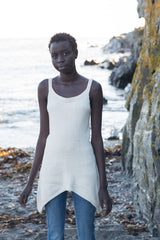 To calculate how much that ends up being, I weigh the finished sample, including the swatches—because swatching takes knitting time, too. I measure weight in grams on a kitchen scale. Then I divide the weight by how many grams are in one skein of yarn—usually either 50 or 100, then multiply by the yards in each skein. The gram and yard information for each skein can usually be found on the ball band, or on the website for the yarn company or on Ravelry. Here is an example:
To calculate how much that ends up being, I weigh the finished sample, including the swatches—because swatching takes knitting time, too. I measure weight in grams on a kitchen scale. Then I divide the weight by how many grams are in one skein of yarn—usually either 50 or 100, then multiply by the yards in each skein. The gram and yard information for each skein can usually be found on the ball band, or on the website for the yarn company or on Ravelry. Here is an example:
The Rupa Top was knit in Knit Picks Simply Cotton Organic Sport yarn. There are 164 yards for each 50 gram skein. My sample and swatches weighed 261 grams. 261 ÷ 50 grams/skein = 5.22 skeins x 164 yards = 856.08 yards x $0.12 = $102.72. Plus $7.55 for the shipping. I paid this knitter $110.27 for this sample.
What is Expected of a Sample Knitter?
It's obvious that the sample knitter is expected to provide a finished sweater, but there are a few other things that I believe make a perfect sample knitter.
- Updates I love when they give me regular updates with photos. It keeps me confident that things are going well, and that I'll know what to expect when I receive the finished project. There won't be any surprises.
- Questions When I receive e-mails with questions from my sample knitters, I can see that the knitter cares about what they're knitting, and that they want it to match the pattern the way I want it. I give bonus points when they send me questions instead of coming up with their own solutions for things… except Jessica, who has my total trust and who knows how I would want things done and does them that way then tells me about them. A long-term working relationship really helps build this sort of confidence.
- Feedback The sample knitter is the first person to knit your design, and they are the best person to give you feedback on the pattern before it is published. In addition to questions, I love feedback whenever a knitter feels like something isn't quite right.
Over-all, I think communication is the most important thing. When my knitters and I communicate about a project it always comes out as I expect.
Leave a Comment:
Have you worked with sample knitters? Share your experience or comments below. I'd love to hear from you!
What else about knitting design do you want to learn? Leave a comment to let me know!


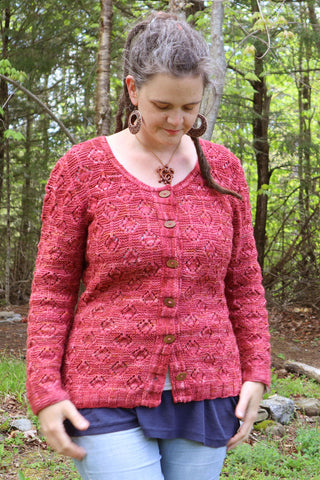
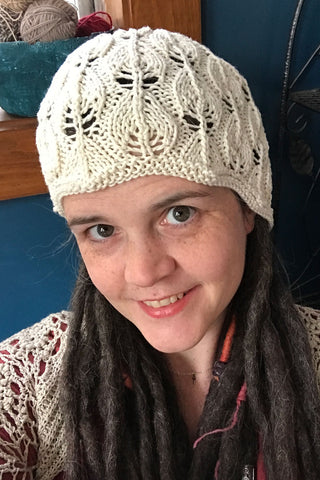
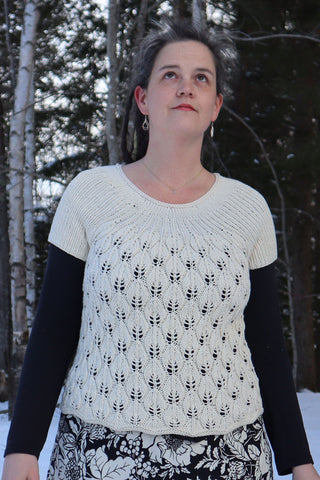
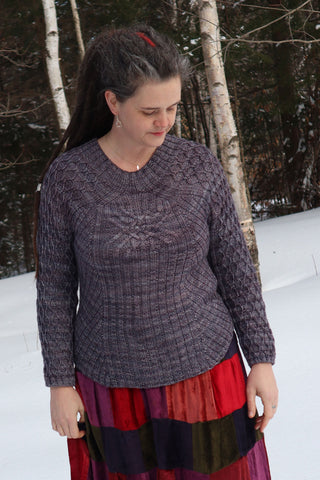
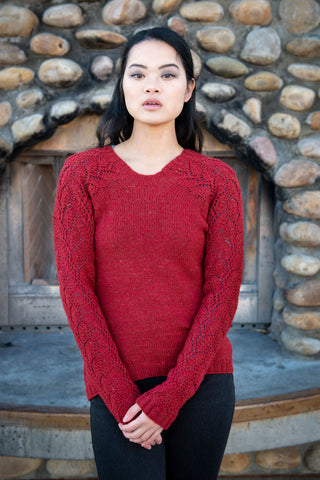
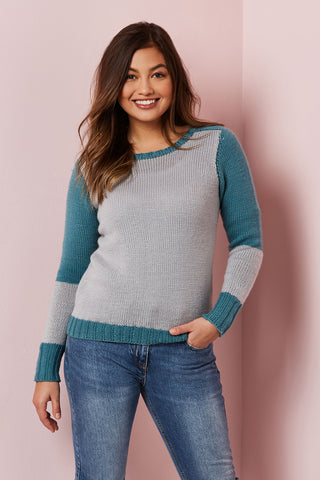
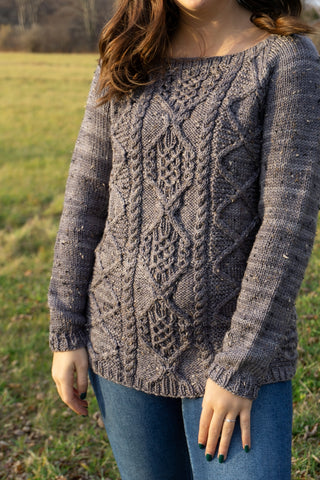
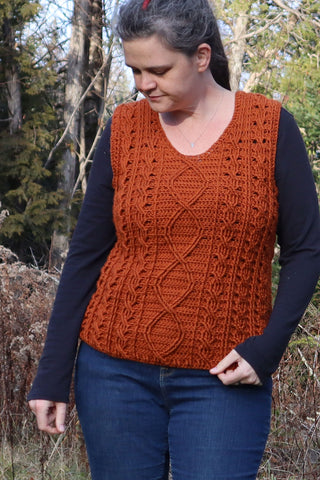
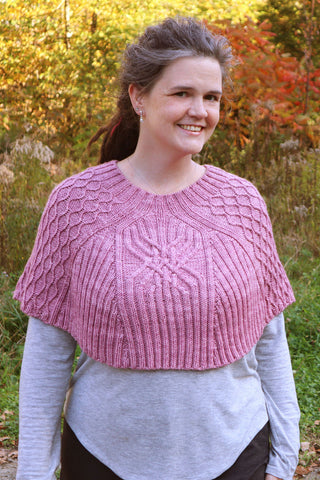
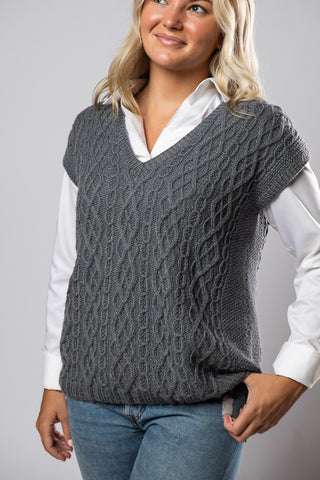
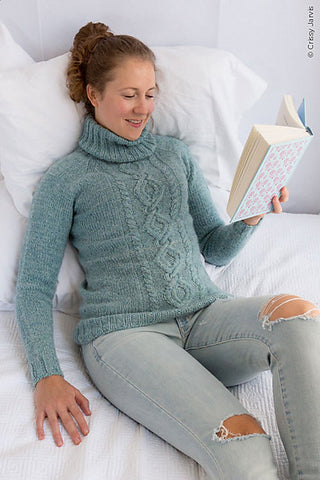
 Nothing will be posted on your behalf.
Nothing will be posted on your behalf.


Comments
Beth on October 20, 2020 10:59
How do you find a knitter? Someone to make a pattern you like? I purchased 3 amazing looking patterns that I would love to have made for me (I don’t knit), but I have no idea how to find an experienced knitter to make them. Any help would be wonderful.
Thank you,
Beth
ARENDA J HOLLADAY on October 28, 2019 09:58
Thank you for putting up this post, Kristen! As the editor of Cast On, I really appreciate the care you take to select test knitters. The Knitting Guild Association (TKGA) is putting together a certification for test, sample and finishers. I’m going to incorporate your suggestions!
Cheryl D. Floyd on March 26, 2019 10:21
Thank you so much for posting this article. I am currently working on my very first contract crochet job for a major yarn company and your insights are very helpful indeed. They don’t use a contract with their sample stitchers either. They said, if anything comes up, just ask questions. I’ve done that for sure and have sent photos of my progress. I’ve also notified them of a few tiny errors I found in the pattern.
The one little niggling worry I have is that the project is taking more yarn than they anticipated. I’ve just sent an email, asking them to send me more yarn. I hope this won’t cause them to have a negative view of me. I am being more generous than usual with the length of my yarn tails, because I don’t want them to come loose. (I’m working on a large project with several colors. There are lots of yarn tails involved.)
Anyway, your article is very informative. I appreciate your taking the time to post it.
JEAN LUFF on October 28, 2019 09:59
I have knitted for over 60 years and have done Sample Knitting for many of them.
I would love to do more of this sort of work.for Yarn firms and Designers..
JEAN LUFF on March 26, 2019 10:19
I have knitted for over 60 years and have done Sample Knitting for many of them.
I would love to do more of this sort of work.for Yarn firms and Designers..
JAYALAKSHMI M H on September 15, 2017 13:00
Thanks so much for writing this post. It’s very comprehensive and very informative!!
Anne Easson on February 18, 2017 12:02